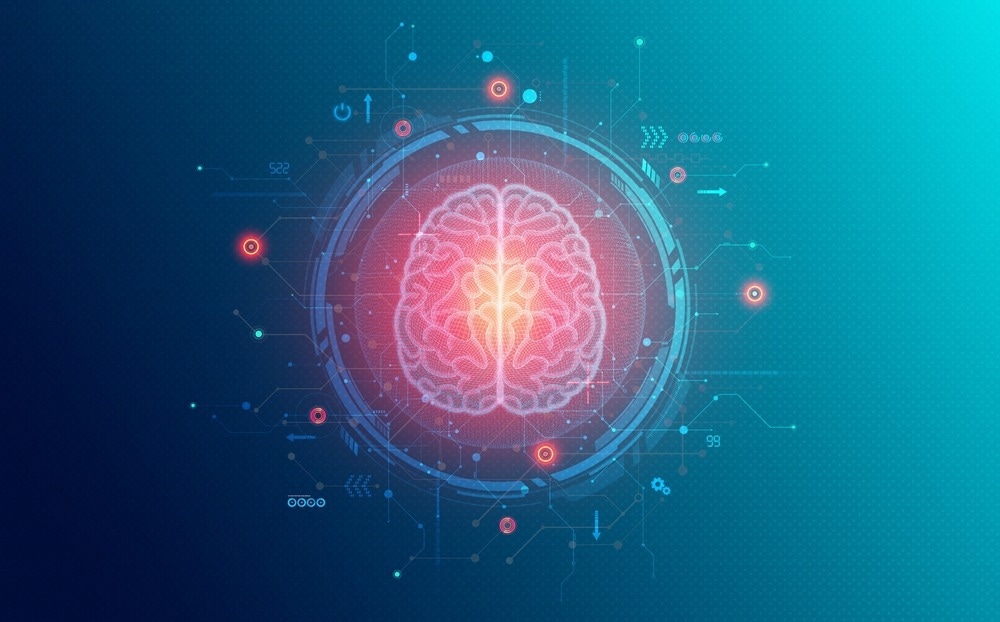Autism spectrum disorder (ASD), which is commonly referred to as autism, is a neurodevelopmental disorder that is characterized by repetitive and restricted behavior, challenged social communication, and working memory impairments.
Limited studies have performed developmental neuroimaging and its association with working memory functions in ASD. However, it is imperative to understand the neural foundations of working memory development in ASD to improve behavioral and cognitive outcomes in children and adolescents diagnosed with this condition.
A recent NeuroImage: Clinical study evaluates the neural correlates of successful recognition of visual stimuli to investigate functional connectivity changes over a two-year period.
 Study: Functional connectivity changes during working memory in autism spectrum disorder: A two-year longitudinal MEG study. Image Credit: ArtemisDiana / Shutterstock.com
Study: Functional connectivity changes during working memory in autism spectrum disorder: A two-year longitudinal MEG study. Image Credit: ArtemisDiana / Shutterstock.com
Background
A healthy working memory enables an individual to temporarily maintain and manipulate information to guide behavior, which is essential for academic improvements. Impaired working memory also affects interpersonal interactions and social cognition.
Behavioral studies have shown that working memory impairments are linked with developmental outcomes and social functioning in autism. Very few studies have explored the functional neural correlates associated with working memory processing.
A healthy working memory is dependent on a wide range of brain regions, such as the temporal (e.g., inferior temporal gyrus) cortices, frontal (e.g., dorsolateral prefrontal cortex-dlPFC), and parietal (e.g., inferior parietal lobe-IPL) lobes. These regions are associated with the maintenance and retrieval of information.
Several studies have demonstrated changes in the functional networks that influence working memory in autistic adults. A recent magnetoencephalography (MEG) study revealed that adults with ASD have reduced theta-band (4-7 Hz) connectivity in a network involving key frontoparietal regions as compared to healthy adults. Another MEG study showed decreased alpha-band (8-14 Hz) connectivity in the frontotemporal network in ASD children as compared to healthy children. The reduced connectivity strength in the right fusiform gyrus was robustly related to the manifestation of ASD in children.
About the study
A total of sixty-three children and adolescents were recruited for the current neuroimaging study between 2011 and 2013. The study cohort consisted of 38 ASD and 25 typically developing (TD) controls. All study participants were between seven and 14 years of age.
The participants were invited for follow-up after two years, 18 of whom did not participate for several reasons. MEG data from 13 more participants were excluded due to issues related to data accuracy and sex matching.
Finally, a total of 64 datasets from 17 ASD and 15 age- and sex-matched TD controls were assessed. Full-scale IQ (FSIQ) was measured for all participants at both time points using the Wechsler Abbreviated Scale of Intelligence (WASI).
FSIQ scores were calculated based on the participant’s performance on the Vocabulary and Matrix reasoning sub-tests. Working memory ability was estimated using two sub-tests of the Working Memory Test Battery for Children (WMTB-C).
Parents were asked to complete questionnaires that helped assess the functional abilities and social impairment status of the participants. All tests were conducted twice at a two-year interval (Time 1 and Time 2) during a visual n-back task with two loads (1- and 2-back).
Study findings
ASD children had reduced connectivity in the theta frequency as compared to TD controls during successful recognition of visual stimuli. This result was found in the higher memory load condition (2-back) throughout the study period. This hypo-connected network was found to be attached to primary visual areas that were connected to the parietal, frontal, and limbic regions.
Notably, differences in functional connectivity were observed between ASD and TD groups, even when similar tasks were performed.
Functional connectivity changes between the two groups were analyzed, and no significant changes were found in the ASD group. In contrast, the TD group revealed considerable enhancement in alpha-band connectivity at Time 2 as compared to Time 1 in both the 1- and 2-back conditions. This indicates the continual development of working memory mechanisms in TD children throughout middle childhood, which was not prominent in children and adolescents with ASD.
Interestingly, hypo-connectivity in a posteriorly anchored network, with major hubs in the left superior parietal lobe, right cuneus, right insula, and left calcarine in ASD children, was observed. Decreased theta connectivity in ASD children and adolescents may be attributed to the use of a compensatory network to perform a similar task.
Although no significant differences in the developmental trajectories of functional connectivity between groups were found, TD children exhibited increased alpha connectivity at Time 2 than at Time 1.
No changes in functional connectivity were observed within the ASD group over time, which might be due to the delayed maturation of working memory processes supported by alpha oscillations.
Conclusions
The current study investigated the longitudinal changes in neurophysiological functional connectivity associated with working memory recognition in children and adolescents with and without ASD.
Decreased theta-band connectivity was found in ASD children as compared to TD controls during the higher memory load (2-back) condition. In addition, increased alpha-band connectivity was found in the TD group at the two-year follow-up, thus indicating the continual development of working memory mechanisms as children advance to the adolescence phase of their lives.
In the future, more longitudinal studies with larger sample sizes are needed to validate the findings of the current study.